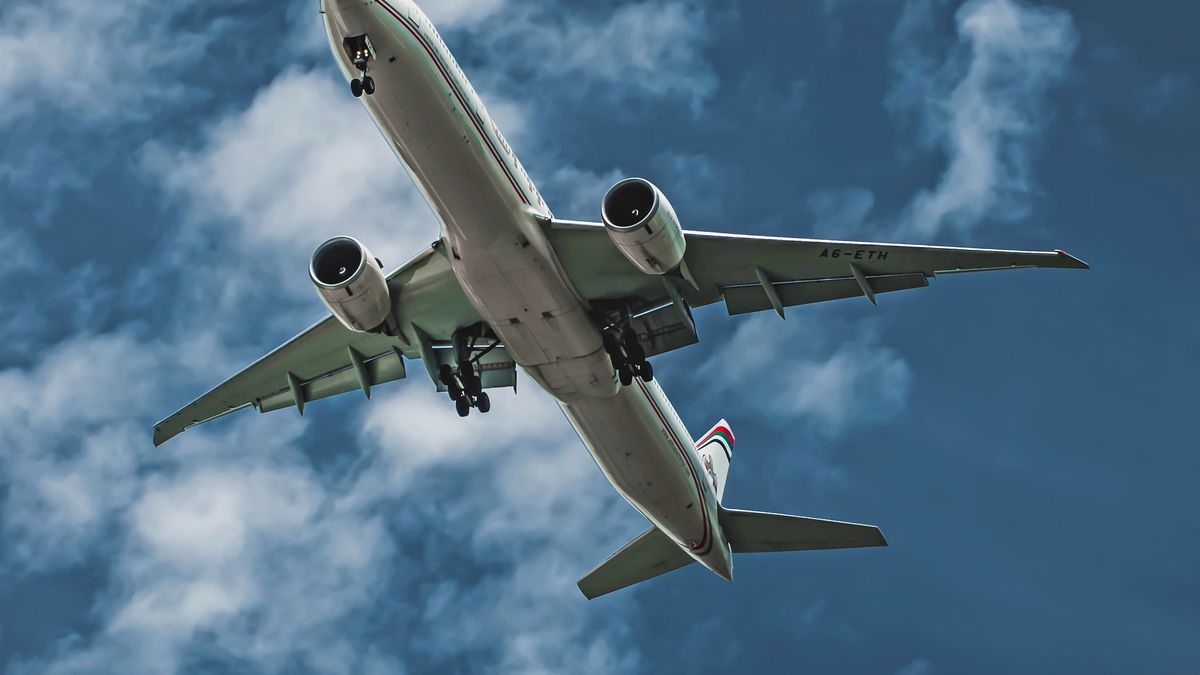As an alternative to deal with the water Crisis, The government analyzes a proposal on the cloud seeding To generate artificial rain, although they called for caution by clarifying that a preliminary study is needed to analyze the effectiveness of the method.
After the third consecutive day with a rise in the reserves of Severine Pass and the possibility that the supply of SBI have drinking water for 30 days, the Secretary of the Presidency, Álvaro Delgado, told Telenoche that it is “a very preliminary proposal that we pass on to the Ministry of Defense, the OSE, the Ministry of the Environment and obviously the president has it Luis Lacalle Pou”.
In any case, he ruled out that it is an immediate solution to the problem that affects Montevideo and the metropolitan area of Uruguay. “There are other deadlines, a preliminary preliminary study is needed and then the execution time”, Delgado explained about the method, noting that will be evaluated “seriously” and with additional reports.
On the subject, the Defense Minister Javier Garcia explained to Telenoche that “It is an extremely scientific subject” and admitted: “I have no technical way of knowing what kind of effectiveness it has.”
At the same time, he confirmed that there are planes available to run the system. “If we are asked, it is within our capabilities and technically it can be done, go ahead,” he said. But he preferred caution: “From what I have read, increases 15% or 20% given certain conditions. It is not that a cloud is thrown up and it starts to rain ”.
https://twitter.com/compresidencia/status/1677792166658097154
Paso Severino reserves rose for the third consecutive day
The reserves of the Paso Severino dam increased thanks to the rains for the third consecutive day and are in 1,367,065 cubic meters, according to the report of the Presidency. Regarding this situation, Delgado highlighted: “Today we are at the level we were a week ago, that is, it went up thanks to the rains.”
Meanwhile, the level of salinity in the OSE supply was reduced compared to the previous day, although in some pumping lines it was above the limit allowed by the Ministry of Public Health (MSP)of 440 milligrams per liter (mg/l) of sodium and chlorides (720 mg/l).
Thus, line 4 registered 731 mg/l, while sodium was 438 mg/l. In 5, 717mg/l and 431mg/l were reported, respectively. And in pumping line 6, 729 mg/l of chloride and 437mg/l of sodium were recorded.
Source: Ambito




